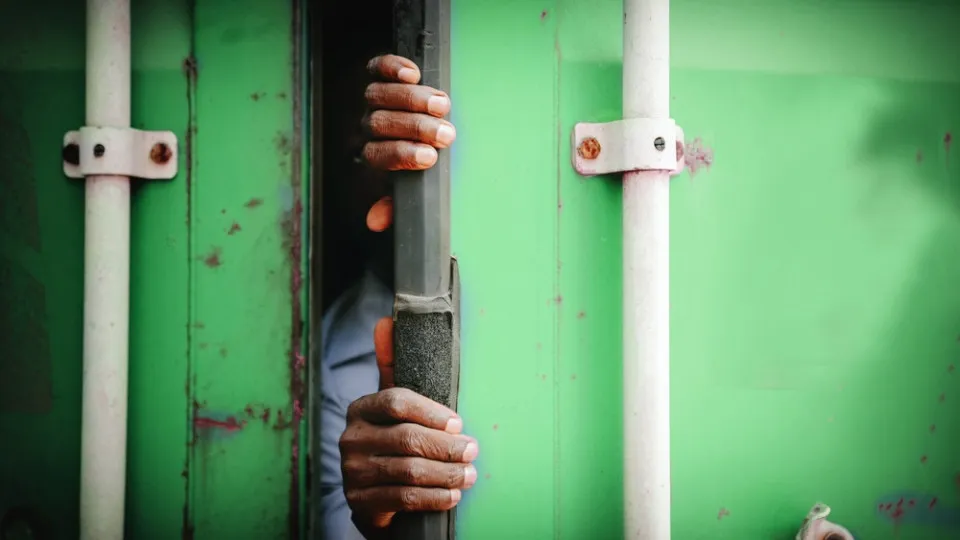Often when human trafficking is discussed, it's thought to be something that happens overseas, but unfortunately, that's not the case. Human trafficking is a very real issue within the US and all over the world. Portrayals of trafficking in TV and film (like the 2008 movie 'Taken') would have us imagine victims taken to faraway countries for sale. However, the reality is that a very small minority of cases involve transnational trafficking. Most are detected domestically or in nearby regions. This means that trafficking prevention networks within the US are crucial in the fight against modern slavery.
Did you know that truck drivers are on the front lines? To learn more about human trafficking and the surprising role of the truckers, click through the gallery.



